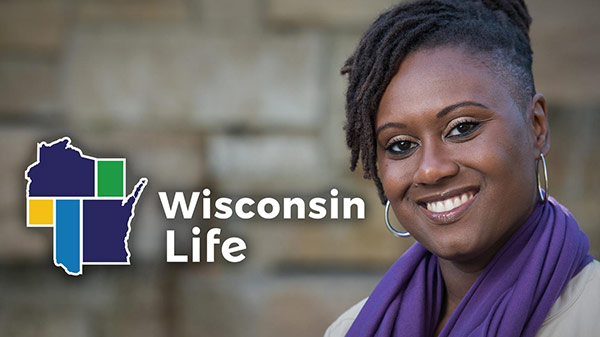Frederica Freyberg:
With more testing available, Wisconsin is seeing a surge in the number of reported cases. At the same time, the Department of Health Services announced it is aiming to hire 1,000 more contact tracers to track the spread of COVID-19. It’s a job local health departments have been required to undertake on their own for several months. Marisa Wojcik talks with two local health officials in southeast Wisconsin about this crucial step in tracking the outbreak.
Man:
Okay. So we just have to go through this positive interview form.
Marisa Wojcik:
If you test positive for COVID-19, you may get a call that sounds a little like this.
Man:
Have to go through some symptoms and then some preexisting medical conditions as well as documenting any kind of contacts you may have had.
Marisa Wojcik:
It’s from a contact tracer, and there’s a network of them across the state tracking the spread of the disease.
Kirsten Johnson:
If we can identify a positive case and the people who they were potentially in contact with, we can literally wrap our arms around that population, that pocket of people and ensure that they are no longer spreading the disease to others.
Marisa Wojcik:
Kirsten Johnson is the director of the Washington-Ozaukee Public Health Department, an area that has been able to maintain a relatively low number of positive cases.
Kirsten Johnson:
We have contacts that have been at home for days and just went to the grocery store and saw a friend and spoke to them for 15 minutes. And then they’re suddenly considered a close contact if their friend was positive. But that’s it. And then we have other situations where people live in a congregate setting and interact with many people which then, as you can imagine, creates a– it becomes much more complicated. This was a contact tracing of a fire department and numbers of infections at each station.
Marisa Wojcik:
As the state begins to open up, aggressive testing and contact tracing are health officials’ best lines of defense. The more people get tested, the more contact tracing occurs and in turn, more people get tested.
Margaret Gesner:
It becomes this continuous process for us and it loops back around.
Marisa Wojcik:
Margaret Gesner leads the Central Racine Public Health Department and a county experiencing the third largest outbreak in the state. She says they have five contact tracers, but for the population she oversees, they need an average of 75.
Margaret Gesner:
So you can see that we’re nowhere close to where we need to be. You know, we don’t live on an island. And so I think that we should all be concerned.
Marisa Wojcik:
Local public health departments are doing their best to meet the demand.
Kirsten Johnson:
We are taking it out of our undesignated fund balance and we’re just running a negative.
Marisa Wojcik:
But funding is in short supply to pay for contact tracers.
Kirsten Johnson:
People are absolutely the most expensive resources and we need– I think the critical need right now especially given that the state is starting to open up is contact tracers. Just to be able to handle the spread of the virus that we know is going to happen.
Marisa Wojcik:
For “Here & Now,” I’m Marisa Wojcik.
Search Episodes
Related Stories from PBS Wisconsin's Blog

Donate to sign up. Activate and sign in to Passport. It's that easy to help PBS Wisconsin serve your community through media that educates, inspires, and entertains.
Make your membership gift today
Only for new users: Activate Passport using your code or email address
Already a member?
Look up my account
Need some help? Go to FAQ or visit PBS Passport Help
Need help accessing PBS Wisconsin anywhere?

Online Access | Platform & Device Access | Cable or Satellite Access | Over-The-Air Access
Visit Access Guide
Need help accessing PBS Wisconsin anywhere?

Visit Our
Live TV Access Guide
Online AccessPlatform & Device Access
Cable or Satellite Access
Over-The-Air Access
Visit Access Guide
 Passport
Passport








Follow Us